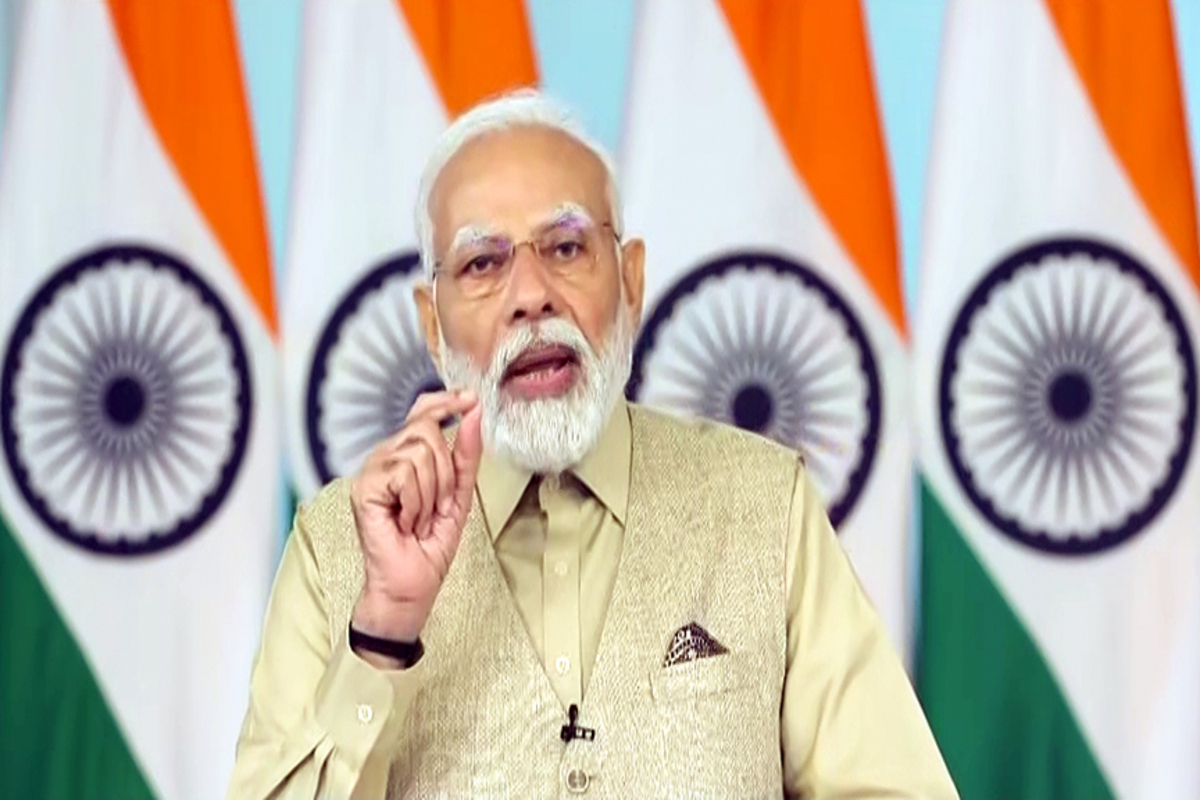Prime Minister Narendra Modi on Saturday congratulated the Indian Space Research Organisation (ISRO) for successfully carrying out the first in a series of key tests ahead of its planned Gaganyaan mission to send astronauts into space.
The prime minister said that the successful launch of Test Vehicle Development Flight 1 has taken India a step closure to its first human space flight program.
“This launch takes us one step closer to realising India’s first human space flight program, Gaganyaan. My best wishes to our scientists at @isro,” the PM said on X.
Earlier, the First Flight Test Vehicle Abort Mission-1 (TV-D1) was launched in the second attempt after it developed some glitches in the first one. The mission had to be aborted after ground computers detected an anomaly and engine ignition could not be completed.
ISRO placed the launch on hold briefly and re-launched it successfully in the second attempt after taking corrective measures.
Explaining what went wrong, ISRO chief S Somnath said, “The lift off was put on hold initially after ground computer detected non conformance. We could identify it and correct it very quickly.”
The test flight sequence launched the Crew Escape System and Crew Module at an altitude of 17 km followed by a safe touchdown in the sea, about 10 km from Sriharikota in Bay of Bengal.
The Liquid propelled single stage Test Vehicle uses a modified VIKAS engine with Crew Module (CM) and Crew Escape System (CES) mounted at its fore end.
This was the first of a series of key tests ISRO has planned to carry out ahead of its Gaganyaan mission to take astronauts into space in 2025.
The test was aimed at demonstrating whether the crew can safely escape the rocket in case it malfunctions when the actual Gaganyaan mission is launched in 2025.
The Gaganyan project envisages the demonstration of human spaceflight capability by launching a 3-member crew to an orbit at an altitude of 400 kilometres for a three-day mission and then bring them back safely to earth.












